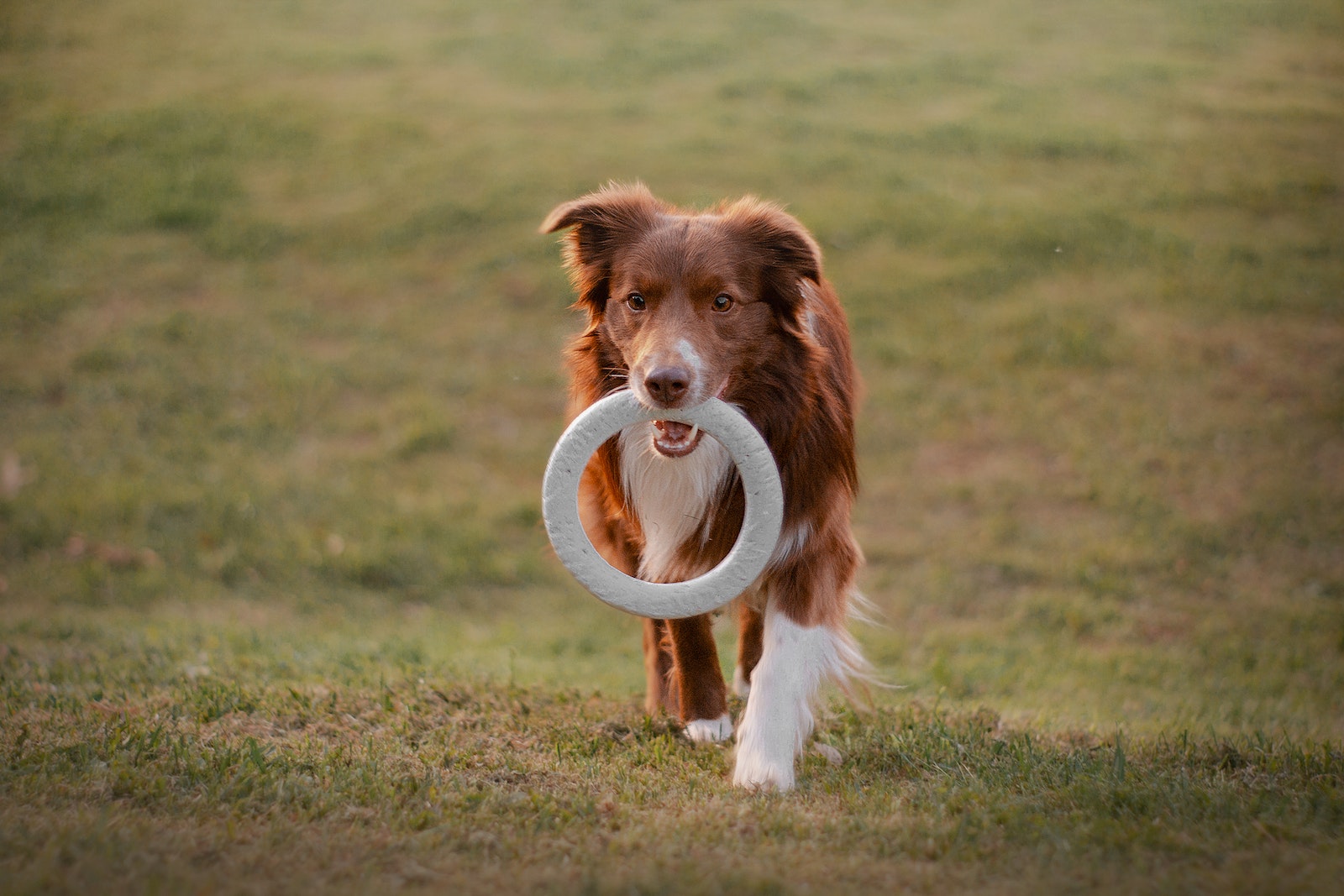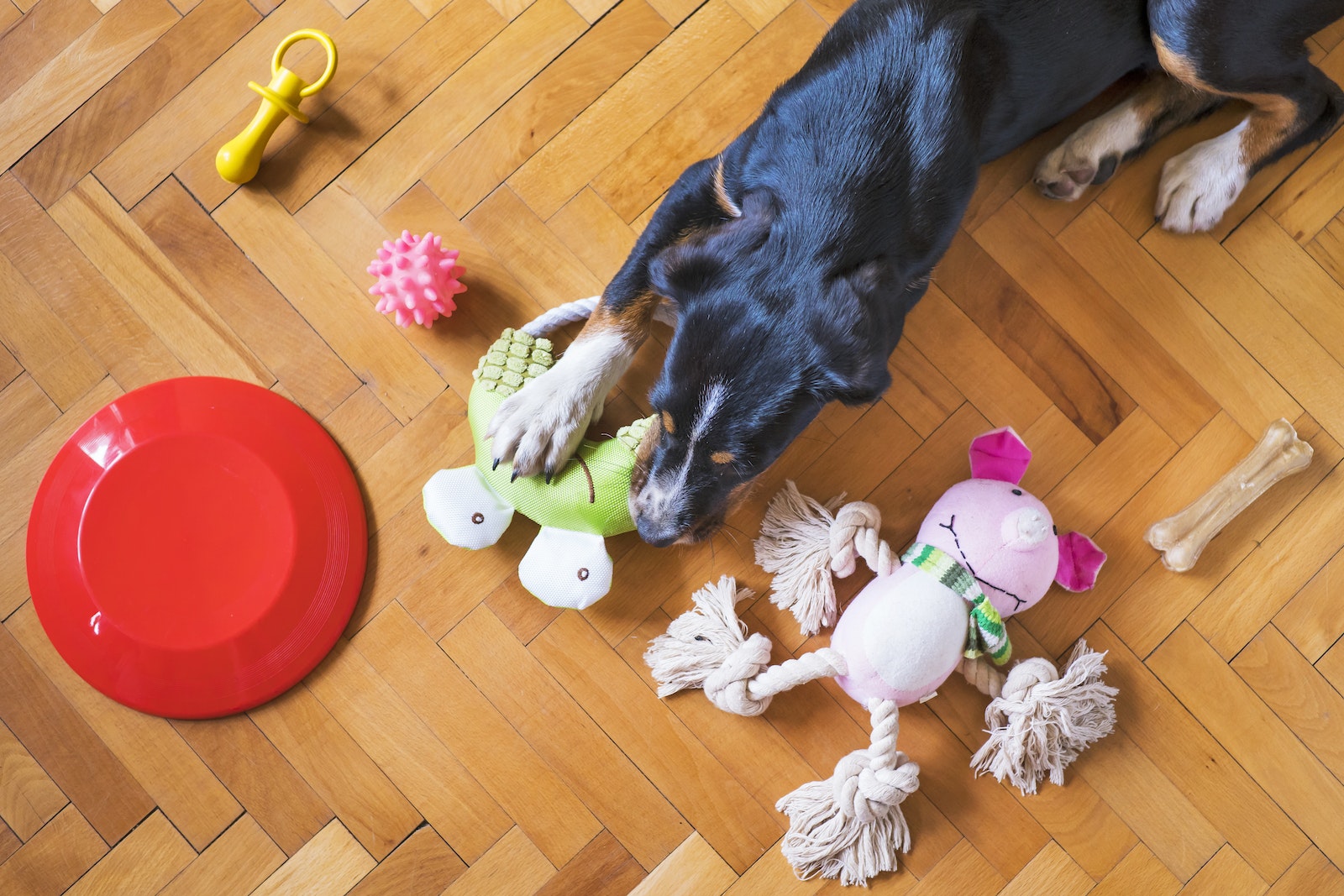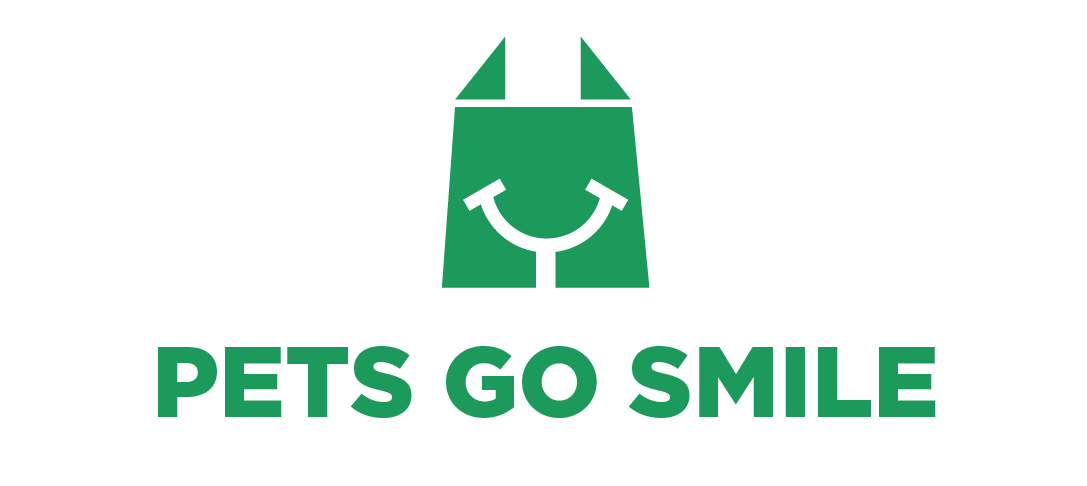Pet toys are an essential part of a pet’s life. They provide mental and physical stimulation, as well as a way to bond with their owner. As a pet business owner, you know that offering high-quality pet toys is important to your customers. But how do you make sure the toys you buy for your beloved furball are of the highest quality? There are a few key things to look for when you’re selecting pet toys. Here are a few tips on how to ensure the quality of pet toys. This blog will discuss the common toxic materials usually found in pet toys and other safe pet toy material alternatives to check.
Common Toxic Materials Found in Pet Toys
 There are a few materials that are commonly used in pet toys that can be toxic to your furry friend. Here are as follows:
There are a few materials that are commonly used in pet toys that can be toxic to your furry friend. Here are as follows:
Polyvinyl chloride (PVC)
Polyvinyl chloride, or PVC, is a common type of plastic that is used in a variety of products, including pet toys. Unfortunately, PVC can contain harmful chemicals, including lead, cadmium, and phthalates. These chemicals can be released into the air or leach into the ground, contaminating the environment. In addition, when chewed on by pets, PVC can release these harmful chemicals into your pet’s system. Moreover, some PVC products are manufactured with chlorine. When these products are burned, they release dioxins into the air. Dioxins are a type of pollution that can cause cancer and other health problems.
Lead
Next on the list of harmful materials found in pet toys is lead. Lead is a heavy metal that can be toxic to both humans and animals. When pets chew on pet toys that contain lead, they can ingest the lead and suffer from health problems, including brain damage, learning difficulties, and gastrointestinal issues. Be sure to inspect the pet toys you purchase for any signs of lead. If you see any, avoid purchasing that toy.
Phthalates
Another type of harmful chemical found in pet toys is phthalates. Phthalates are a group of chemicals used to soften PVC products. Like PVC, phthalates can be released into the environment and can be toxic to both humans and animals. When chewed on by pets, these chemicals can be released into your pet’s system and cause health problems, including liver damage and reproductive issues.
Bisphenol A (BPA)
Bisphenol A, or BPA, is another type of harmful chemical found in some pet toys. BPA is a synthetic compound that is used to harden plastics. When BPA is ingested, it can mimic the hormone estrogen and cause health problems, such as reproductive issues and cancer. Pet toys such as chew toys can release BPA when they are chewed on, so it’s important to avoid pet toys that contain this chemical. If you’re not sure whether a pet toy contains BPA, look for the recycling symbol with the number 7 inside. This indicates that the product contains BPA.
Triclosan
Triclosan is an antibacterial chemical that is found in some pet toys. This chemical can be released into the environment and has been linked to health problems, such as cancer and endocrine disruption. Generally, Triclosan is used to prevent the growth of bacteria. However, there are other ways to prevent the growth of bacteria, such as using UV light or titanium dioxide. As such, there is no need to use Triclosan in pet toys. When choosing pet toys, avoid those that contain triclosan or any other antibacterial chemicals.
Chromium
Chromium is a heavy metal that is found in some pet toys. This metal can be toxic to pets and can cause health problems, such as liver damage, kidney damage, and gastrointestinal issues. To avoid purchasing pet toys that contain chromium, look for the recycling symbol with the number 3 inside. This indicates that the product contains chromium.
Formaldehyde
Formaldehyde is a chemical that is used in some pet toys. This chemical can be toxic to animals and can cause health problems, such as skin irritation, respiratory issues, and cancer. Generally speaking, formaldehyde in pet toys is not a big concern. The amount of formaldehyde that is released from a pet toy is usually very low and poses no significant health risk. However, there are some pet toys that contain high levels of formaldehyde. These toys should be avoided.
Cadmium
Cadmium is another chemical that is sometimes used in pet toys. This metal can be toxic to animals and can cause health problems, such as kidney damage and cancer. Fun fact: Cadmium is also found in cigarettes. To avoid purchasing pet toys that contain cadmium, look for the following on the product label:
- The letters “Cd” or “CD.”
- The words “cadmium” or “cadium.”
- The phrases “no cadmium,” “free of cadmium,” or “cadmium free.”
If you see any of these listed on a pet toy, it’s best to avoid that product.
Bromine
Bromine is another chemical that may be used in pet toys. This element can be toxic if inhaled or ingested and can cause health problems, such as skin irritation, vomiting, and diarrhea. When overlooked, bromine can be easily mistaken for chlorine. However, there are a few ways to tell them apart:
- Bromine is usually found in products that are brown in color, whereas chlorine is found in products that are white or pale in color.
- Bromine has a strong, unpleasant odor, whereas chlorine has a faint, bleach-like smell.
Alternatives to Commonly Used Toxic Materials in Pet Toys
 Now that you know about some of the harmful materials that are commonly used in pet toys, you may be wondering what safe alternatives there are. Here are a few safe materials that can be used in pet toys:
Now that you know about some of the harmful materials that are commonly used in pet toys, you may be wondering what safe alternatives there are. Here are a few safe materials that can be used in pet toys:
Natural rubber
Natural rubber is a safe, non-toxic material that can be used in pet toys. This material is durable and bouncy, making it ideal for chew toys. To ensure that the natural rubber is of high quality, look for products that are certified by the FDA or EU.
Cotton
Cotton is another safe, non-toxic material that can be used in pet toys. Cotton materials is soft and absorbent, making them ideal for pet beds and toys. When choosing cotton materials for pet toys, look for products that are certified by the Global Organic Textile Standard (GOTS). The Global Organic Textile Standard is the world’s leading certification for organic textile products.
Wool
Next is wool which is also safe and non-toxic. Wool is a natural fiber that’s biodegradable. It is also flame resistant. The only downside to wool is that some pets are allergic to it. If your pet is allergic to wool, there are other options such as cotton or fleece which are also safe.
Edible pet toys
Edible pet toys are made of materials that are safe for pets to ingest. The most common type of edible pet toy is a chew toy. Chew toys are made of rubber, nylon, or other sturdy materials. Some edible pet toys are flavored with chicken, beef, or other flavors that pets enjoy.
How can Petsgosmile ensure customers of their quality products?
 Petsgosmile is a pet toy manufacturer in the business of providing quality products to its customers. They use a variety of methods to ensure customers of their quality products: Our team ensures that our products are made of safe, non-toxic materials. We only use materials that have been certified by the FDA or CE. To guarantee our valued customers, we have a 100% satisfaction guarantee. Petsgosmile only uses the best materials to make its products. We never cut corners when it comes to quality. Our professionals know that their products will be used by pets who rely on them, so they take every precaution to make sure that their products are up to par. Petsgosmile employs a strict quality control process. Every product that leaves their facility has been through a rigorous inspection process. This process includes a visual inspection, as well as a series of tests that are designed to root out any manufacturing defects. Petsgosmile goes above and beyond to make sure that its products are of the highest quality. When you purchase a product from Petsgosmile, you can be confident that you are getting a quality product.
Petsgosmile is a pet toy manufacturer in the business of providing quality products to its customers. They use a variety of methods to ensure customers of their quality products: Our team ensures that our products are made of safe, non-toxic materials. We only use materials that have been certified by the FDA or CE. To guarantee our valued customers, we have a 100% satisfaction guarantee. Petsgosmile only uses the best materials to make its products. We never cut corners when it comes to quality. Our professionals know that their products will be used by pets who rely on them, so they take every precaution to make sure that their products are up to par. Petsgosmile employs a strict quality control process. Every product that leaves their facility has been through a rigorous inspection process. This process includes a visual inspection, as well as a series of tests that are designed to root out any manufacturing defects. Petsgosmile goes above and beyond to make sure that its products are of the highest quality. When you purchase a product from Petsgosmile, you can be confident that you are getting a quality product.

